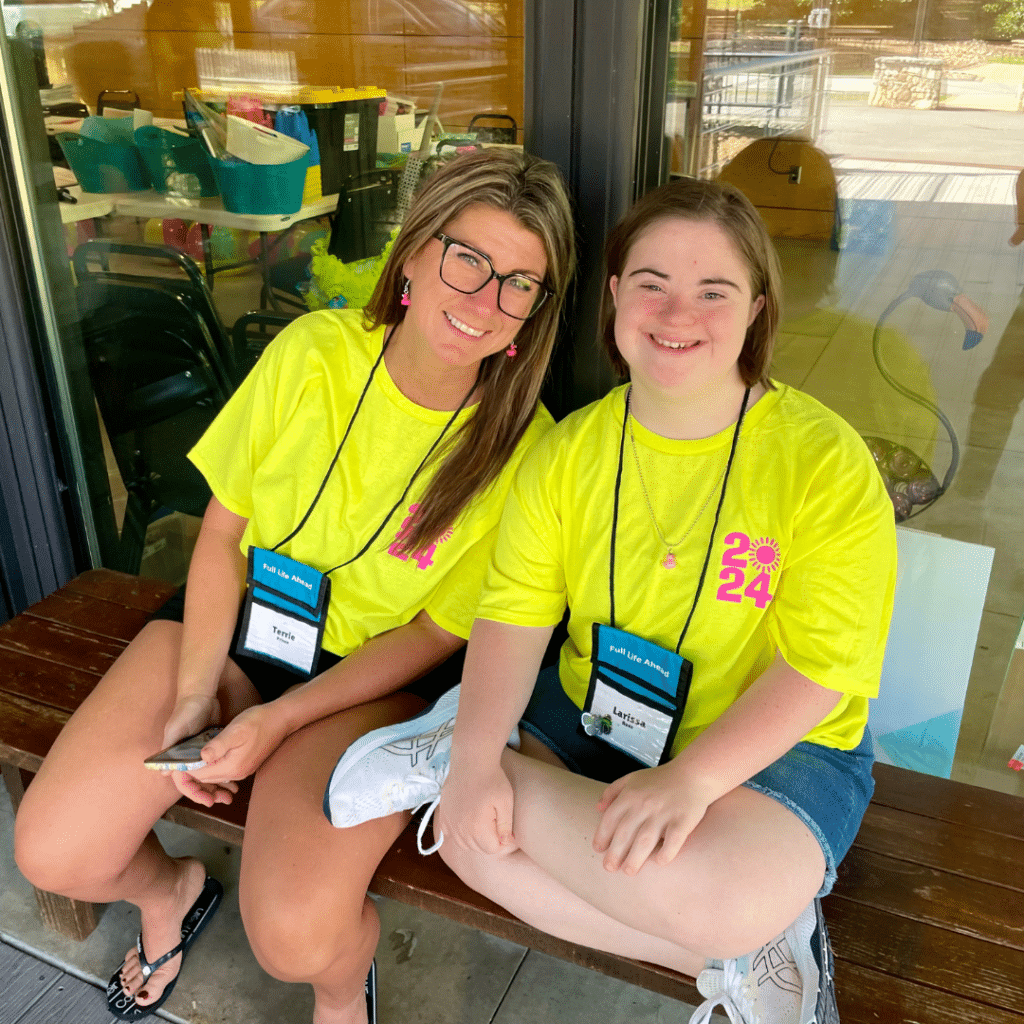The first step in caring for a child with special needs often begins with a visit to a medical professional. Days, months, and years of working with pediatricians, specialists and therapists to understand the unique needs of your child and your family result in a trusted relationship.
The healthcare team, you and your family, have assembled have been trained by you to fill out the necessary paperwork for durable medical equipment, therapy requests, social security and Medicaid waiver programs. You call them, they know you, and their advice is invaluable.
Then at the very time when your child exits the familiar educational system and enters the even more complex adult system. Your child ages out of the pediatric care system, from a professional’s more extensive knowledge of your child’s disability to the unfamiliar adult medical system, where professional knowledge of your child’s disability may not be as extensive.
In short, you begin again to assemble your health care team anew. 
Here are some tips to ease your healthcare transition.
- Organize your medical files and history. Use technology such as a video or personal website to illustrate to the doctor aspects of your daily life which should include activities, care routines, etc.
- Ask your pediatrician to introduce you to a recommended physician personally. If possible, ask your doctor to set up a meeting via Skype or if part of a clinic setting, in person, to discuss your family’s needs and treatment preferences. This meeting establishes a professional fellowship giving your new doctor a direct contact if he or she should have questions regarding future treatment.
- Deliver to your new doctor examples of necessary routine paperwork. Most families find they must fill out paperwork for Medicaid waiver programs, requests for durable medical equipment and assistive technology. These forms can be confusing for your new healthcare provider. You can avoid mistakes and delays by sending them a statement of what you are requesting, why you need it and be sure to include the medical justification for new equipment. For example, an application of a new communication device needs to be focused on health and safety communication concerns rather than educational or social needs to be funded by Medicaid. The referring professional must explain the need to such a device or risk not having it funded.
- Bring information regarding your family member’s disability to your new doctor. Don’t expect they will have the most current research or treatment knowledge available to them. Create a fact sheet explaining the disability or syndrome. Add a few website links for them to research with updated treatment options. It is important to understand that while your health professional is competent, they often don’t have the time to research all aspects of treatment. Point them in the treatment direction you prefer.
- Be patient, but persistent. The adult care system is less stable than the pediatric care system. Doctors, therapists, and other healthcare professionals often move and change positions.
Learn to tell a good story about you and your family. Make it personal and memorable. Healthcare systems can be overwhelming and complicated to you and your team. Let your healthcare professional know their contribution makes a big difference in your child’s life.
Lastly, be sure to thank your healthcare team for their time and effort. Your team will work even harder for you and your family when their efforts are appreciated. Best wishes in your transition.


